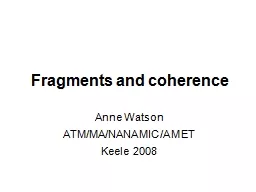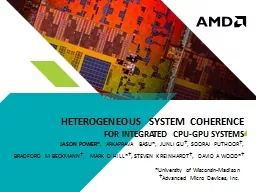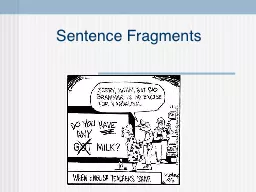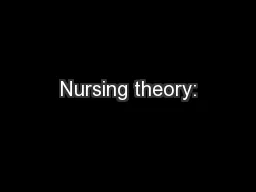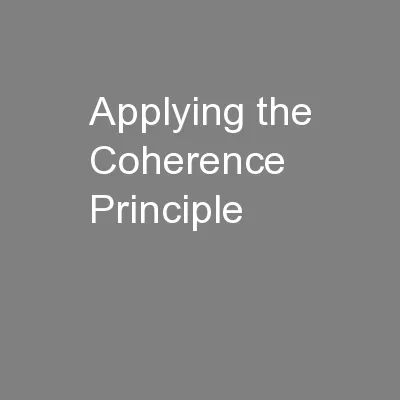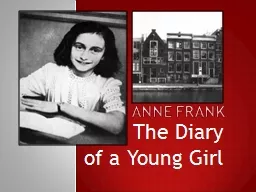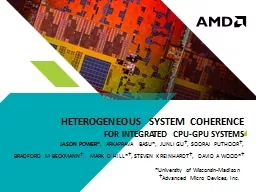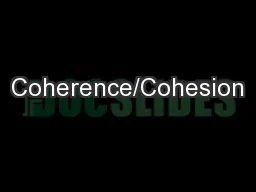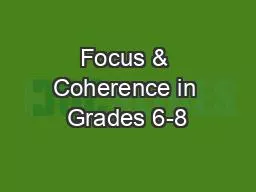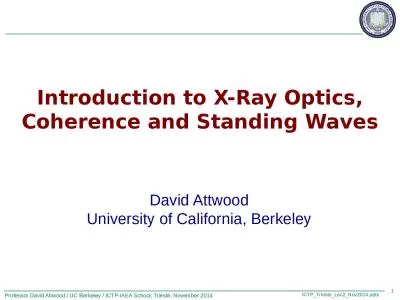PPT-Fragments and coherence Anne Watson
Author : pasty-toler | Published Date : 2018-09-24
ATMMANANAMICAMET Keele 2008 How to be good Most learners make good progress because of the good teaching they receive Behaviour overall is good and learners are
Presentation Embed Code
Download Presentation
Download Presentation The PPT/PDF document "Fragments and coherence Anne Watson" is the property of its rightful owner. Permission is granted to download and print the materials on this website for personal, non-commercial use only, and to display it on your personal computer provided you do not modify the materials and that you retain all copyright notices contained in the materials. By downloading content from our website, you accept the terms of this agreement.
Fragments and coherence Anne Watson: Transcript
Download Rules Of Document
"Fragments and coherence Anne Watson"The content belongs to its owner. You may download and print it for personal use, without modification, and keep all copyright notices. By downloading, you agree to these terms.
Related Documents

